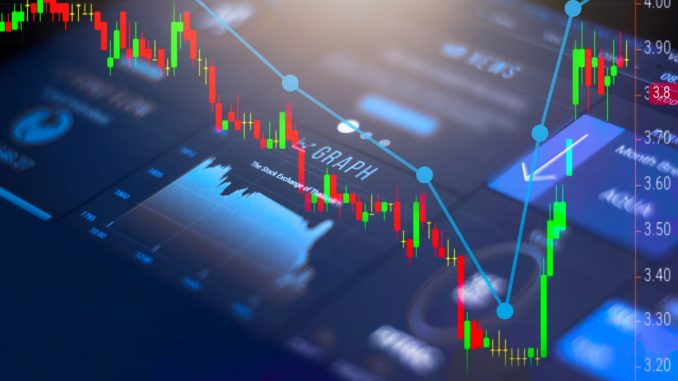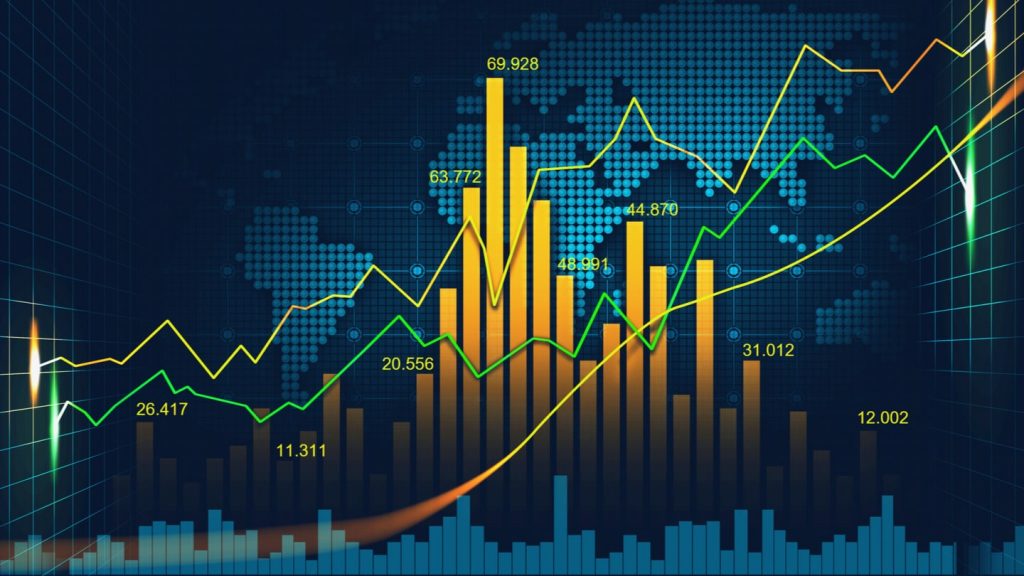
If, in general, trading is a very lucrative activity for investment banks and financial institutions, reality shows that more than 80% of traders and brokers have difficulty in achieving good results and losing money. on the stock exchange.
These losses are often caused by traders’ inability to make maximum profit from their transactions and to know when to cut losses in an unfavourable market. In this article, we will answer two important questions about how to become a better trader and what the fundamentals of trading are for rapid growth.
What is a good trader?

A trader is a person who buys and sells financial contracts on behalf of his customers or for his own account. This word comes from the English verb “to trade”, which literally means “to negotiate”. Depending on the categories of markets traded, the trader may specialize in buying and selling securities, bonds, derivatives, currencies (forex), stocks, etc.
There are two categories of traders: the self-employed trader and the trader on behalf of customers. Traders working in a financial institution execute orders to buy and sell financial instruments for their employer’s clients without personally assuming any risk in the market.
Own-account trading or “prop trading” has been in decline since the 2007 crisis, causing significant losses to financial institutions. The owner trader takes on more risk in the market with some room for manoeuvre in his investment.
Individuals can also trade on their own account through online trading platforms in the OTC (over-the-counter) market.
Over time and experience, traders have developed principles that they can apply to improve their skills and benefit from markets. We have retained 10:
- Take the time to learn the basics of business and show curiosity,
- Establish and respect a rigorous business plan.
- Have good risk management by applying money management rules.
- Act with caution in the context of leveraged trade,
- Evaluate the action on a regular basis and make any necessary changes.
- Use a stop or “stop loss” order for each trading position,
- Negotiate only when the time is right,
- Avoid overtrade,
- Keep your emotions out of the trade,
- Knowing how to cut losses.
- The trading platform offered by IG Bank allows you to trade CFDs.
Spend time learning the basics of business and showing curiosity
As simple as it may seem, the first step to becoming a successful trader is to start by learning how to trade, because it is a profession in itself. You can’t just improvise trading after opening an account or reading some reviews and articles. You must take the time to educate and inform yourself through specialised books and training on trading. This process will take time, effort and great passion. If your desire to become a trader is motivated by the desire to get rich quickly or be famous, you will be disappointed very quickly.
Another way to learn how to trade would be to open a demo account that will allow you to practice and develop your trading skills on the platform.
Establish and adhere to a rigorous business plan

Every good trader knows the two golden rules for becoming a better trader: “have a trading plan and stick to it”. Developing a trading plan helps you to know what decision to make in each situation and to set achievable goals. This trial and error process will take as long as necessary, but it will give you a better understanding of what you are doing and the decisions you are making. So you should never go outside your business plan when making decisions based on your emotions or the heat of the moment. This requires strong discipline and personal rigour.
Among the trading strategies, you can decide to become an intraday trader, a swing trader, a long-term foreign exchange trader or even an algorithmic trader.
Have good risk management by applying money management rules.
A good trader must understand the rules of money management or the art of managing your capital while controlling risk. Beyond analysis, signals, indicators and sentiment, trading also involves the application of rules to protect the capital invested and to appreciate it over time.
Among the principles of money management, let us retain:
- diversification: avoid investing all your capital in a single transaction. You should not risk more than 1 or 2% of your account in one transaction.
- the size of your position: you should always adapt the number of your positions to the size of your wallet. Don’t fall into the trap of many traders by always taking positions of a fixed amount. The value of the amount to be committed should be a function of the volatility of the market and your capital.
- limiting your capital losses by protecting each position in your portfolio.
- the risk/return ratio: in all positions taken, the profit you seek must be greater than the risk you take.
Act wisely in a leveraged transaction
Leverage is considered a double-edged tool because in the event of problems in a major position or event (geopolitical catastrophe, weather, central bank intervention, etc.), its losses are multiplied tenfold. By using leverage on multiple losing trades, you will lose all your capital in a matter of weeks. You should think more in terms of the percentage change of a position in relation to your capital, rather than in terms of pounds invested.
To minimize losses that may arise from the use of leverage, it is recommended that you never exceed a leverage of 2 or 3 for a novice trader and limit it to 5 for a professional trader.
Evaluate the action on a regular basis and make any necessary modifications.
You should regularly take stock after each trading week trying to answer the following questions: Did I follow and respect the trading plan I developed? Did I keep my schedule? How are my positions performing in the market? All of these questions will help you adapt and challenge yourself as you make changes.
Use a stop or “stop loss” order for each trading position
A good trader should know how to protect his capital and reduce his losses by using an automatic order from the stock market called a stop order or “stop loss”. The latter is defined as the maximum loss you are willing to make on a stock market position. There are several categories of stop loss:
- the guaranteed stop loss,
- the non-guaranteed stop loss / the classic stop loss
- the trailing stop.
You should never take a position without a stop loss, even when you are personally monitoring the market. Always remember to place your stop loss before validating your order.
Negotiate only when the time is right
Trading requires a lot of patience and concentration to find the right opportunity and wait until market conditions are favourable to your strategy. You need to learn to wait for the right opportunities and control your emotions so you don’t make bad decisions.
Leave a Reply